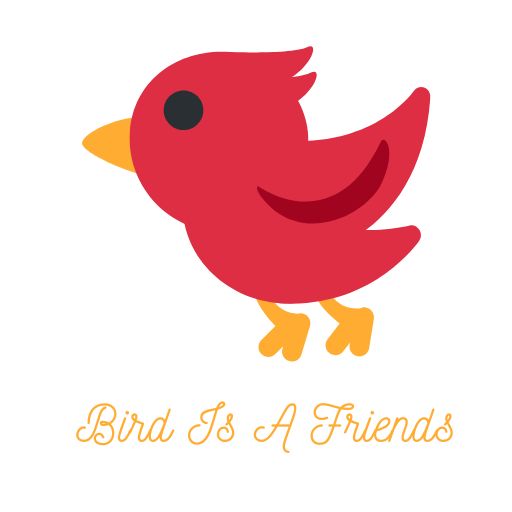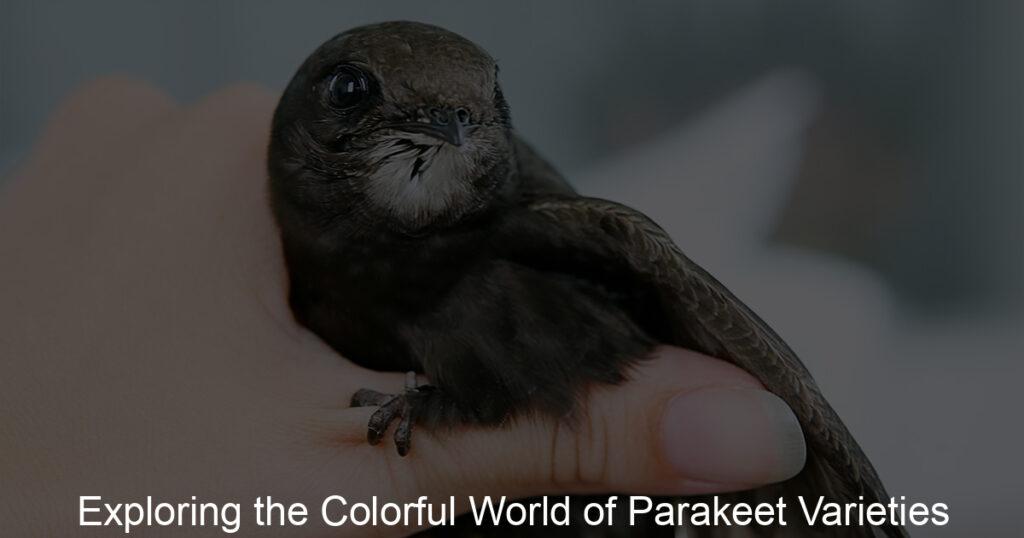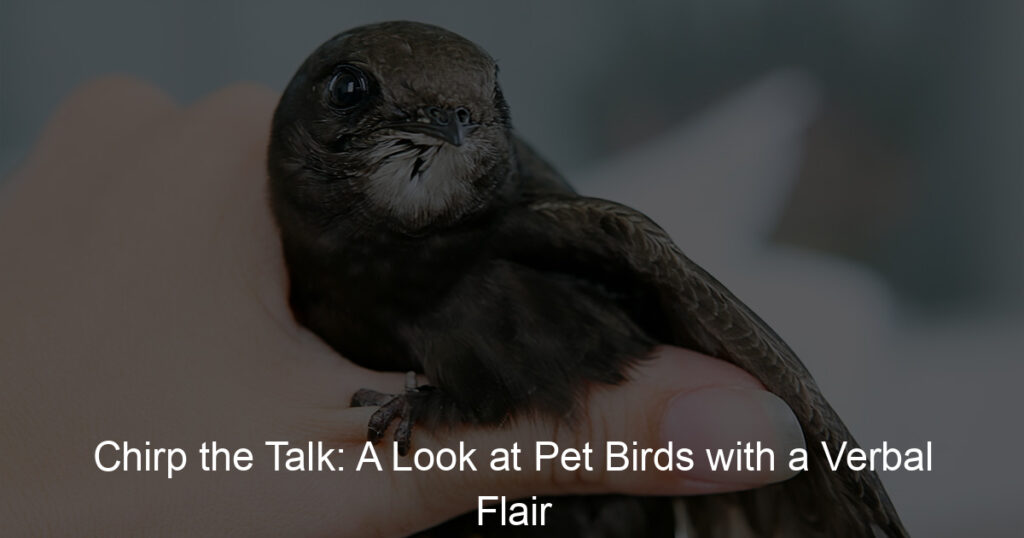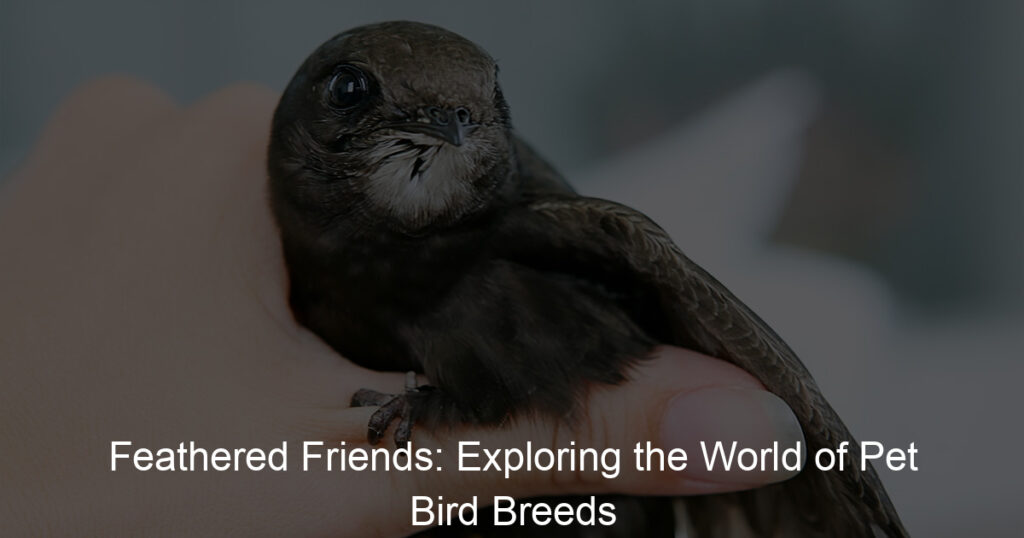Do you have a passion for finches? Whether you’re an experienced finch enthusiast or are just getting started in the fascinating world of breeding and owning pet finches, this guide is here to help.
Breeding finches can be incredibly rewarding – not only will it give you lots of enjoyment as you watch your beautiful birds grow and flourish, but it’s also a great way to create new lifelong companions!
We’ll take a look at how to start breeding these amazing creatures, provide tips on creating their ideal environment, explain the basics of selecting good breeding partners, and more. Join us on this journey into the wonderful world of raising finches – let’s get started!
How do you breed finches fast?
Breeding finches doesn’t have to be a slow and arduous process. With the right knowledge, breeding finches can be a quick and rewarding experience!
To breed finches fast, it’s important to create an environment that is conducive to their breeding. This includes providing essential materials such as nesting material, food, and water. Additionally, it’s important to maintain proper nutrition by ensuring your birds are being fed a healthy diet of seeds and vegetables.
Finally, providing an adequate amount of space for your birds to fly around will keep them healthy and help foster their natural desire to mate. By incorporating all of these elements into your finch-breeding routine you’ll be able to breed finches in no time!
What is the hardest finch to breed?
For bird keepers, there are plenty of finches that make interesting and rewarding pets. However, one finch species proves to be particularly challenging when it comes to breeding: the Lady Gouldian Finch.
These exotic birds have an array of beautiful colors ranging from bold yellows and oranges to pale greens and blues. They’re considered strong fliers, so if your pet Lady Gouldian manages to escape its enclosure it could be difficult to recapture.
Perhaps the biggest challenge bird-keepers face with a Lady Gouldian is encouraging them to breed in captivity; they’re much pickier than other finch breeds and seem uninterested in developing relationships with groomed partners. That said, with proper care and patience, a successful breeding program is possible – just don’t expect a quick or easy process!
What is the easiest finch to breed?
Finding out which finch is the easiest to breed can assign a lot of debate in the bird world! Many experienced avian keepers believe that the most beginner-friendly species is the Society Finch or Bengalese Finch.
Known for their smallish size and sweet disposition, these little birds are a great introduction to breeding songbirds without taking on too much at once! They’re also quite hardy, so even with mistakes here and there it’s likely you’ll still have some success.
What’s more, they generally don’t require a huge aviary setup–a large parakeet cage with ample greenery should do them just fine. All in all, if you’re curious about breeding finches but feeling a bit intimidated by the thought of doing so, Society Finches are probably your best bet!
How do finches breed?
Finch breeding can be a truly interesting, albeit rewarding, endeavor. Males tend to sing to attract the attention of females, who will likely watch carefully before picking one companion.
Finches must have a source of water and food nearby, and the male is usually responsible for preparing the nest and ensuring that it is in top condition for mating. The courtship then begins, with plenty of time spent preening each other’s feathers so that they are both looking their best!
After mating, the female lays up to 6 eggs in the nest which hatch after about 14 days; during this time the parents take turns sitting on the eggs to keep them warm. Within 21-25 days after hatching, the chicks will have grown strong enough to leave their nest and make their way in life.
Do finches breed easily?
Finches make great pets due to their friendly and inquisitive personalities, and luckily for us as avian enthusiasts, they breed very easily!
Provided that you create an environment with a suitable nesting site – this can be something as simple as straw tucked in a corner, or one of the many commercially available nesting boxes – food, water, and heat are properly supplied, chances are that you won’t have long to wait before the eggs start appearing.
Remember to keep an eye out though when it comes to predators – such as raccoons or snakes – that could destroy the nest while the parents are away. Preparation is key if breeding finches is on your agenda!
What is the best breeding nest for finches?
When it comes to looking for the perfect breeding nest for finches, there are plenty of good options available. Purchasing a pre-made nesting box or constructing one yourself are both fantastic choices.
Depending on the size of the breed and where it will be situated, you can opt for something more compact or larger and airier. Make sure that whatever nesting space you choose is well-ventilated however, as overheating can be a problem.
Also look out for whether the cavity has an entry hole facing away from prevailing winds, as this can help protect the birds from exposure to cold weather. With just a little bit of extra effort, building the best home for your finches will be well worth it!
How old should finches be to breed?
When it comes to finches, they start to mature around four months of age. It is thought that at this age the finches will be fully grown and ready to breed. However, the optimal breeding age for the birds can be anywhere between six months old to two years old.
After two years, a finch’s fertility will decline and its eggs may not have as great of a chance of being fertile. It is important to pay attention to a finch’s dietary needs to ensure they are healthy and of an appropriate age for mating and nesting.
Access to clean water should also be provided, especially during the summer months when temperatures soar. Although it is tempting for new bird owners to breed these birds right away, they must wait until their feathered friends are fully grown for their offspring to live long healthy lives.
What are the breeding habits of finches?
Finches are beautiful and popular garden birds, but what happens when these feathered friends decide to mate? Well, the answer depends on the species of finch.
Many common finches such as house finches and purple finches build nests in trees, shrubs, or vines; however, some larger finches like goldfinches use thistles or other spiny plants. The breeding process also varies from species to species.
Generally speaking, courtship usually involves singing by both partners, followed by nest building and feeding beak-to-beak. Once the female has laid her eggs — usually four to six — it will take around two weeks for them to hatch.
After that, both parents have their work cut out for them! They’ll work together to feed the chicks with a mixture of seeds and insects until they reach maturity at around two weeks old.
What is the nesting behavior of zebra finches?
The nesting behavior of zebra finches is truly fascinating to observe. These small songbirds build their nests in pairs, constructing elaborate homes with materials like wool and plant down.
Females usually lay four to five eggs that they practice almost constant caretaking for until they hatch. Upon hatching, male birds feed the nestlings while females continue to incubate any remaining eggs — a testament to the bird’s apt parental skills!
While the young are maturing, both parents take turns feeding, preening, and tending to them until the babies fledge at around 16 days of age. Nesting behavior in zebra finches underscores the species’ unique relationship with its members and serves as an important part of its life cycle!
How many babies do finches have at a time?
Most species of finches lay between two and five eggs at a time, typically spaced two to three days apart. Since finch eggs usually hatch after about two weeks, the babies must be well-prepared for their new lives outside the nest!
Both parents take care of the babies upon hatching, nourishing them with regurgitated food and helping them develop those cute little feathers. Finches may rear multiple broods simultaneously: typically the first batch will leave the nest after 10-14 days, while the second brood typically leaves a few days later.
Talk about a rapid turnaround! Thanks to this efficient system and some amazing parental care, you can find these busy birds hopping around everywhere!
Conclusion: How to breed finches: a guide for finch enthusiasts
In conclusion, if you’re looking for an exciting and rewarding hobby you should consider breeding finches. Although finch breeding can be quite a challenge, it’s also incredibly gratifying when your feathered friends produce offspring that you helped bring into the world.
You’ll have to take into consideration the age of your birds, their living situation, and the types of resources available to them. With the proper attention and dedication, you can become a successful finch breeder in no time!
Above all, remember to keep your focus on providing the best possible environment and conditions for the birds so they can lead healthy and happy lives. Best of luck in your finch breeding journey!








